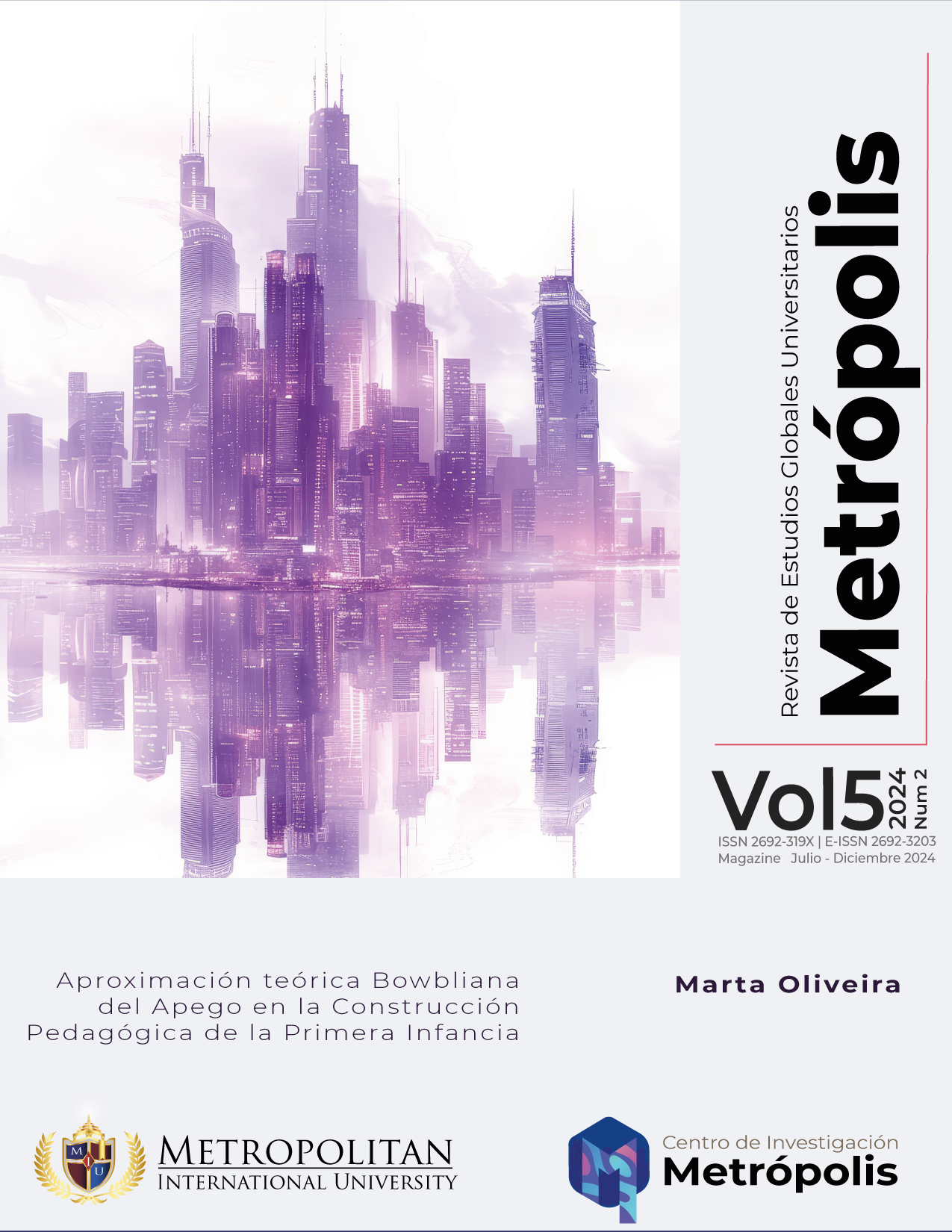Bowblian theoretical approach to attachment in the pedagogical construction of early childhood.
Keywords:
Attachment, Early childhood, Child Development, Affective bond, Family, Early educationAbstract
The purpose of the following report is to provide an overview of attachment theory from its implications in early life. For this purpose, a documentary review of its main exponent John Bowlby (1969, 1979, 1980) as well as other authors was carried out. In this sense, it stands out that the social capacity to relate emotionally with each other from the first years of life allows us to become potential social beings of organized communities. In this, the formation of friends, couples and families is an essential part of how we build a community based on emotional ties, which in turn allows us to establish anthroposocial ties. Ergo, the individual qualities that are placed in our behaviors and social representations in early interactions with our caregivers are the foundation of the “attachment” theory of attachment as approached by the theorist (Bowlby, 1969). The category “attachment” is understood as an internal cognitive and cognitive foundation that as a whole is the action of primitive behaviors: crying, searching, appropriating (Buchheim & Kachele, 2001) activated and operated by intense triggers of emotional stress, and leads to search for protection and security through proximity to that particular nexus-bond-union-codependence figure, child and adult.

Downloads
Published
How to Cite
Issue
Section
License

This work is licensed under a Creative Commons Attribution-NonCommercial-ShareAlike 4.0 International License.



